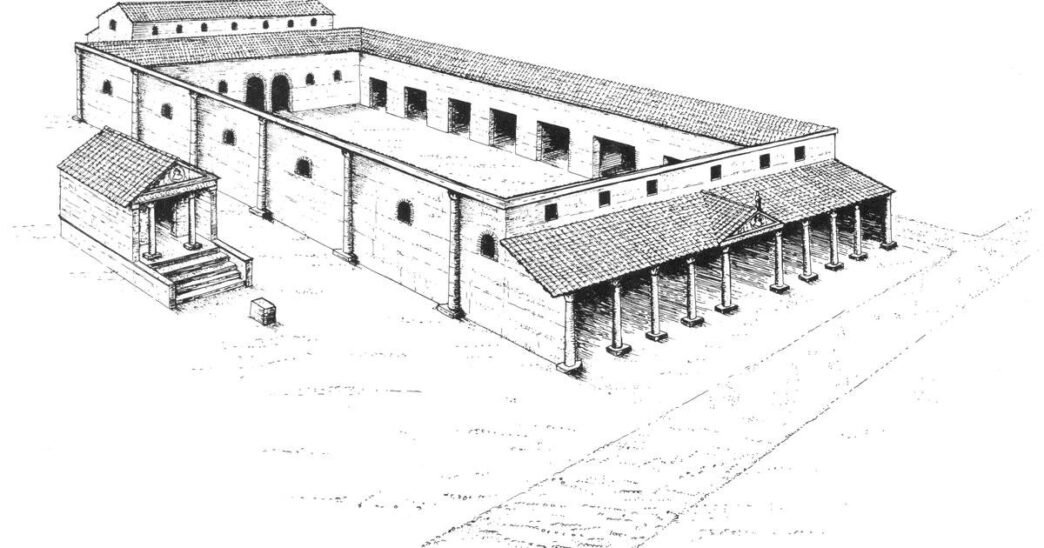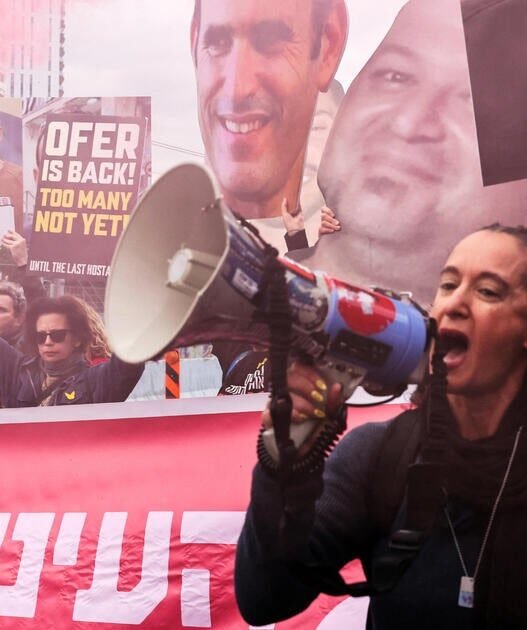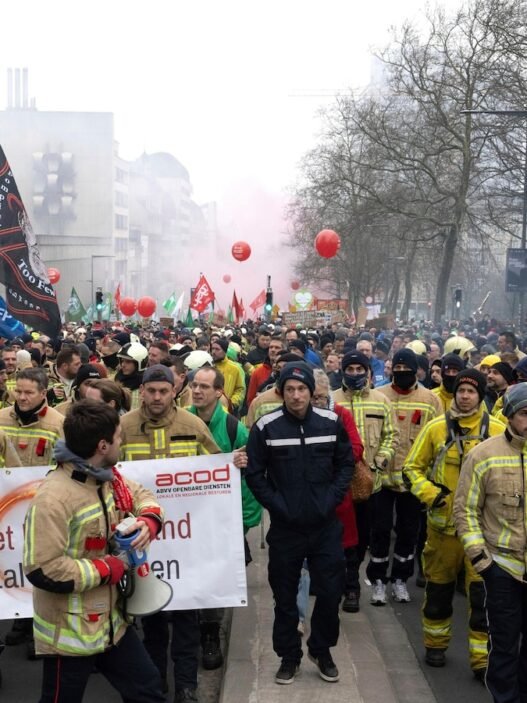Archaeologists have uncovered the remnants of London’s earliest-known ancient Roman basilica on the site of a planned 32-story skyscraper, right in the heart of what was once known as Londinium. Excavations in the basement of a building slated to be demolished to make way for the the new tower at 85 Gracechurch Street uncovered flint, brick and ragstone walls and foundations over three feet wide, 13 feet deep and almost two millennia old.
Sophie Jackson of the Museum of London Archaeology called it “one of the most significant discoveries” in years in British capital’s oldest quarter, the City of London — the square-mile financial district where modern glass high-rises stand atop the remnants of Victorian, medieval and much earlier structures.
The scientists say they have uncovered the foundations of a two-story building that was almost as big as an Olympic swimming pool. It was constructed between 78 and 84 A.D., about three decades after Roman troops invaded the British isles and roughly 20 years after forces of the Celtic warrior queen Boudicca sacked the fledgling settlement.
Peter Marsden
The basilica was part of the forum, the social, political and commercial heart of Roman London, or Londinium, as it was called, where people went to shop, mingle, seek justice and hear the latest edicts from political leaders. The newly discovered remains are believed to form part of the tribunal, a raised area of the forum where politicians and officials made decisions about the city’s governance.
“We’re talking about the early stages of London here,” said Andrew Henderson-Schwartz, head of public impact at Museum of London Archaeology. “But it’s a real sign of investment in the city, even in its early infancy.”
Developer Hertshten Properties, which owns the site and has planning permission for a new office tower, has agreed to incorporate the remains into its plans and put them on display in a visitor center.
Henderson-Schwartz said the extent of the “absolutely massive” foundations discovered in several test pits dug by archaeologists suggests an “extraordinary” level of preservation of the building ruins.
Further digging could answer intriguing questions, including why the original forum was only used for 20 years before being replaced by a much larger one, which remained in use until the collapse of Roman rule in Britain three centuries later. Items such as writing tablets, styluses — even ancient trash — could offer glimpses into the daily lives of Roman Londoners.
Property developers in Britain routinely have to bring in archaeologists as consultants as part of the construction planning process, a practice that has uncovered finds from Anglo-Saxon jewelry and remains and medieval ice skates to the skeletons of 14th-century plague victims.
The latest discovery adds to the traces of Roman London that can be seen around the city, including a section of the ancient wall that once surrounded Londinium, a portion of an amphitheater and a temple to the god Mithras that lies incongruously under the modern headquarters of information company Bloomberg.
“We do have these little windows into Roman London that are all over the city,” Henderson-Schwartz said. “But this is really in some ways the site that connects them all together. This is the heart of Rome in London, where all the decisions were made.”
Elsewhere in England, archaeologists have recently discovered a “mysterious lump” of a purple substance that in Roman times would have been worth more than gold, and a stash of coins worth over $125,000 dating back to the reign of Emperor Nero.












